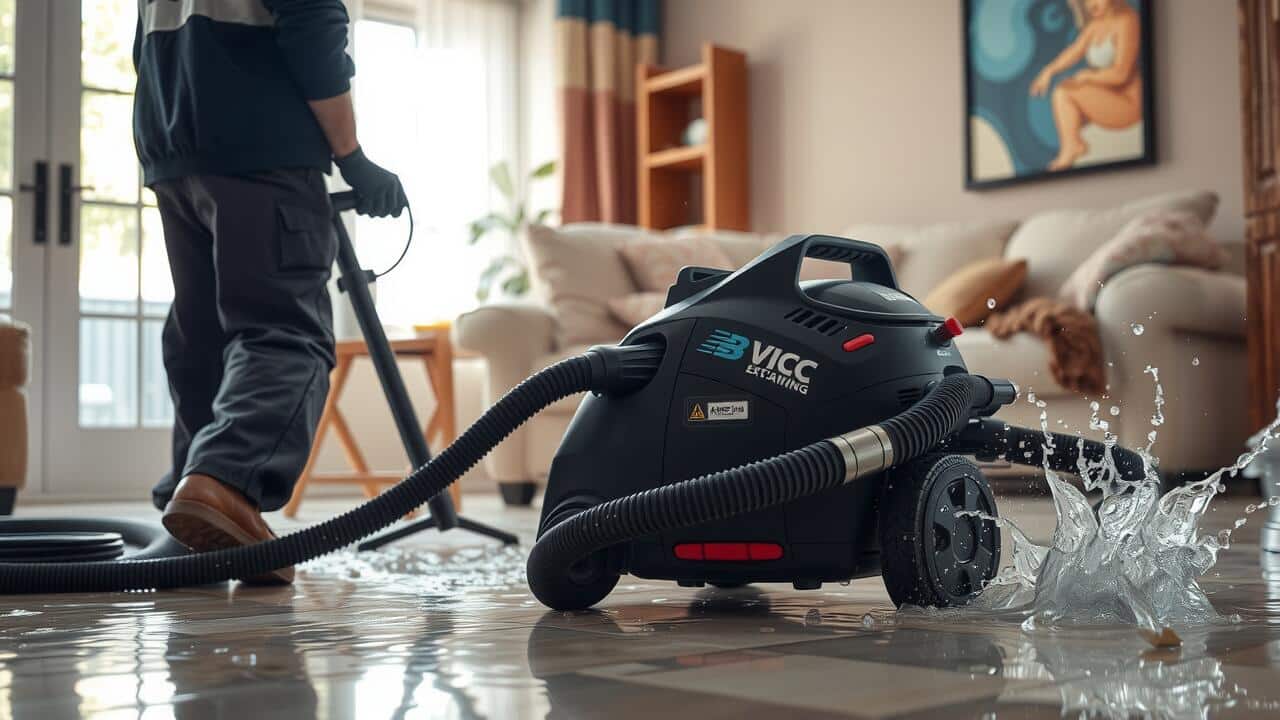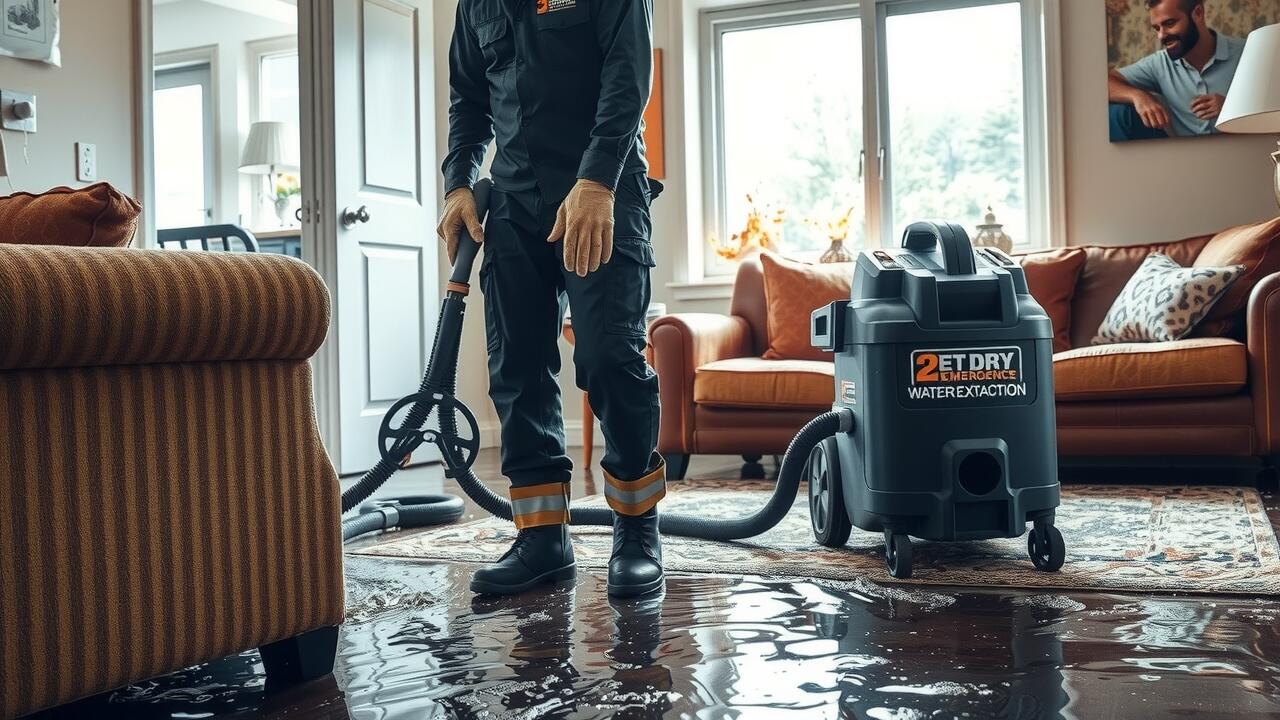
Table Of Contents
Comparing Different Service Providers
When seeking emergency water removal services, it’s essential to compare various service providers to ensure you receive the best value. Many companies offer emergency water extraction in different areas, and their pricing structures can vary significantly. Some may charge flat rates, while others might have fees based on the extent of the damage or the size of the affected area. Reading reviews and gathering testimonials can provide insight into the reliability of a service provider, helping you make a more informed decision.
Additionally, consider the range of services offered by each provider. While some companies may specialize solely in emergency water extraction in residential settings, others might cater to commercial properties as well. Understanding their qualifications, response times, and the technology they use will help you evaluate their expertise. Assessing their customer service approach is equally important, as timely and effective communication can make a substantial difference during a stressful situation.
What to Look for in a Contractor
When searching for a contractor for emergency water extraction in your home, prioritize experience and expertise. Look for companies that specialize in water damage restoration. Read through customer reviews to gauge their reliability and professionalism. Certifications from recognized organizations in the restoration industry can also indicate a level of competency and dedication to best practices.
It is essential to consider the equipment and techniques used by potential contractors. Advanced technology can significantly improve the efficiency of emergency water extraction in various settings. Assess their protocols for water damage assessment and drying procedures. Ask about the types of products used to ensure they are safe for your environment, especially if you have children or pets.
DIY vs. Professional Water Removal
When considering DIY water removal, homeowners may feel empowered by the prospect of handling the situation themselves. Basic tools and equipment, such as wet-vacuum cleaners and fans, can be sufficient for minor flooding. However, this approach can be time-consuming and may not adequately address hidden moisture. Emergency Water Extraction in a professional context ensures that not only is visible water removed but that the risk of mold and structural damage is minimized.
Employing a professional service for water removal brings expertise and advanced equipment to the table. Professionals typically assess the situation thoroughly, providing a comprehensive approach that includes moisture detection and drying techniques. While the upfront cost may be higher than a DIY attempt, the long-term savings from preventing extensive damage may offset initial prices. Emergency Water Extraction by trained specialists can lead to a quicker and more effective resolution of water-related issues.
Cost Implications of Each Approach
When considering the cost implications of DIY versus professional water removal, homeowners should evaluate their own skills and resources. Undertaking emergency water extraction in a DIY manner may initially seem more economical. However, it often requires specialized equipment and supplies that can add unexpected expenses. The time and effort spent in attempting to resolve the issue alone may outweigh the savings gained.
In contrast, hiring a professional service for emergency water extraction in your home can lead to higher upfront costs. These services typically come with advanced equipment and trained technicians who can address the problem quickly and more effectively. While the immediate financial outlay is greater, the potential for long-term savings becomes apparent when factoring in the prevention of secondary damage like mold growth or structural issues.
The Importance of Timely Action
Timely action is crucial when dealing with water damage. The longer the water remains in your property, the more extensive the damage can become. Delays can lead to mold growth, structural compromise, and an overall increase in restoration costs. Emergency Water Extraction in affected areas must begin as soon as possible to mitigate these risks effectively.
Ignoring the need for prompt intervention can result in significant financial repercussions. Water damage is not only challenging to assess but can also worsen over time, leading to expensive repairs. Engaging professionals for Emergency Water Extraction in a swift manner can save homeowners from incurring additional costs associated with prolonged exposure to moisture and the complications that arise from it.
Potential Cost Increases Over Time
Delaying emergency water extraction in a property can lead to significant cost increases over time. As water damage settles in, it can result in more extensive structural issues and mold growth, both of which require additional repair services. The longer a homeowner waits to address water intrusion, the more likely they are to face escalating expenses related to restoration.
In addition to structural damage, prolonged exposure to moisture can affect personal belongings and furnishings. Carpets, furniture, and electronics may sustain irreparable harm if not treated promptly. Investing in emergency water extraction in the initial stages can save homeowners from the financial burden of dealing with these secondary damages, ultimately proving to be a more cost-effective solution.
FAQS
What factors influence the cost of emergency water removal?
Several factors can influence the cost, including the extent of the water damage, the size of the affected area, the type of water involved (clean, gray, or black water), and the specific services needed, such as extraction, drying, or repairs.
How much can I expect to pay for emergency water removal services?
Emergency water removal costs can vary widely, typically ranging from $1,000 to $5,000, depending on the severity of the situation and the service provider’s rates.
Is it cheaper to handle water removal on my own?
While DIY water removal may seem less expensive upfront, it can lead to higher costs in the long run if not done properly. Professional services often ensure that all water is removed and prevent future issues like mold growth.
How quickly should I act to remove water from my home?
Timely action is crucial; it’s recommended to begin water removal within 24-48 hours to minimize damage and reduce potential costs associated with long-term issues like mold and structural damage.
Will my insurance cover the cost of emergency water removal?
Coverage varies by policy and provider, but many homeowners’ insurance policies do cover water removal. It’s important to check your specific policy and consult with your insurance agent for clarity.
